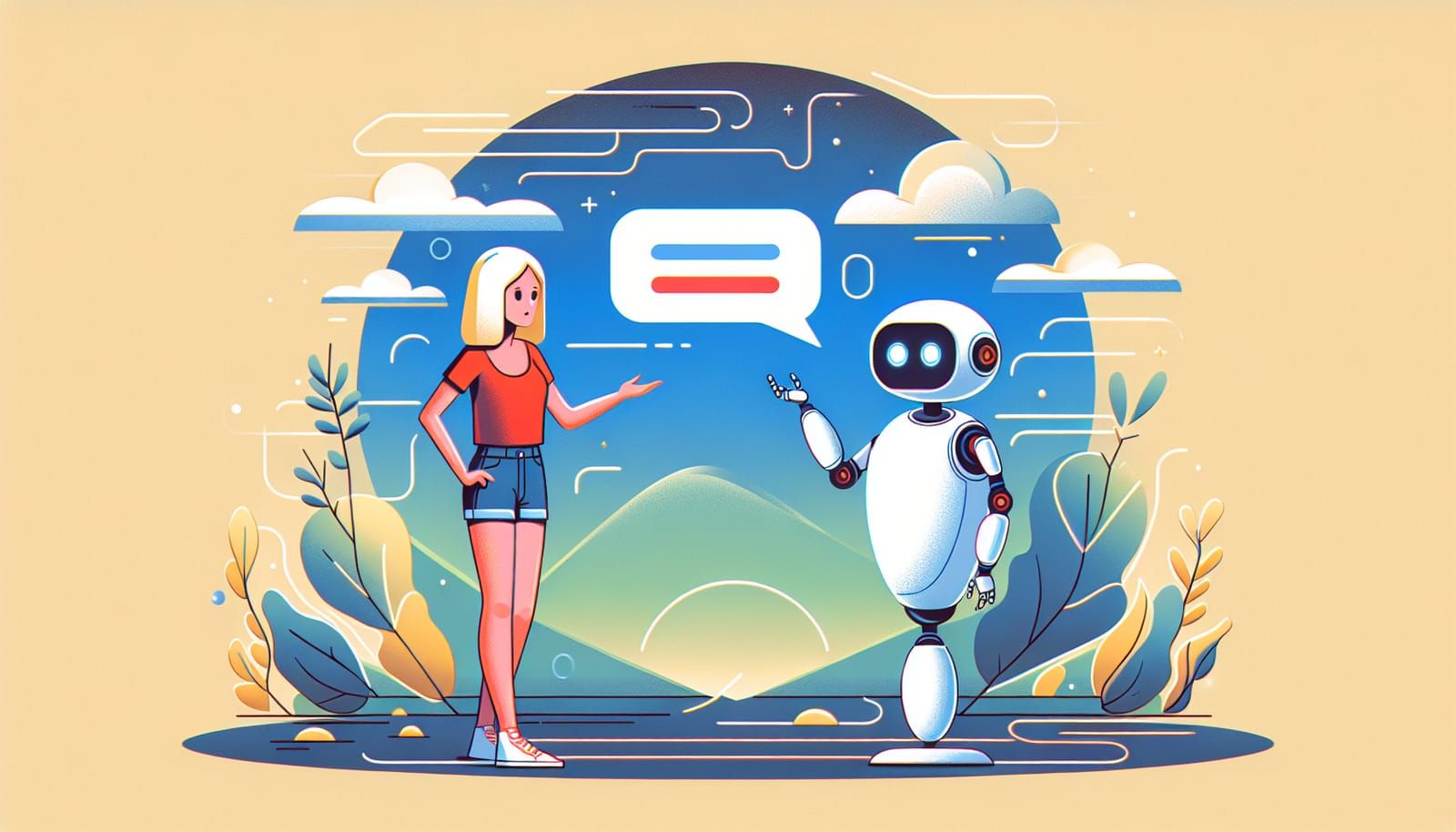Artificial Intelligence (AI) has become a buzzword in recent years, but what exactly is it? At its core, AI is about teaching machines to think and learn in ways that resemble human intelligence. One fascinating aspect of AI is how it represents and connects ideas using something called vectors. But what are vectors, and how do they help AI understand the world around us? Let’s explore this captivating topic together!
What Are Vectors?
Before diving into how AI uses vectors, let’s break down what they are. A vector is a mathematical concept that can be thought of as an arrow pointing from one point to another in space. In simple terms, it has both a direction and a magnitude (or length). Vectors can be represented as lists of numbers, where each number corresponds to a different dimension in space.
Imagine you’re in a park. If you want to tell someone how to get to the ice cream stand, you might say, “Go 3 blocks north and 2 blocks east.” In this case, the numbers 3 and 2 can be considered as components of a vector that describes the direction to the ice cream stand from your starting point.
In the world of AI, vectors are used to represent ideas, words, and even images. Each piece of information can be transformed into a vector, allowing AI to understand relationships and connections between different concepts.
How Are Vectors Used in AI?
AI systems, particularly those involved in natural language processing (NLP), rely heavily on vectors to make sense of human language. When you say the word "dog," an AI doesn’t just recognize the letters D-O-G. Instead, it converts the word into a vector, which captures its meaning in relation to other words.
For example, in a vector space, the word "dog" might be close to "puppy" and "pet," while being far from "car" or "building." This spatial arrangement helps AI understand that "dog" and "puppy" are related concepts, while "dog" and "car" are not. By analyzing these vectors, AI can perform tasks like translation, sentiment analysis, and even generating creative writing!
The Magic of Word Embeddings
One of the most exciting ways AI uses vectors is through a technique called word embeddings. Word embeddings are a type of vector representation where words with similar meanings are placed near each other in the vector space. This allows AI to understand context and nuances in language more effectively.
For instance, if you were to input the sentence "The cat sat on the mat," the AI can break down each word into its vector representation. Because "cat" and "mat" are often used in similar contexts, their vectors will be positioned closer together. This is crucial for tasks like machine translation, where understanding the meaning of words in context can change the entire outcome of a sentence.
AI and Images: Beyond Words
Vectors aren't just limited to words; they also play a significant role in how AI understands images. When an image is fed into an AI system, it’s converted into a vector that represents various features of that image, such as colors, shapes, and patterns. This process is known as feature extraction.
For example, an image of a cat might be represented by a vector that captures its fur texture, ear shape, and the color of its eyes. If another image of a dog is processed, it would generate a different vector that highlights the features unique to dogs. By comparing these vectors, AI can differentiate between a cat and a dog, even if it has never seen either before!
Connecting Ideas: The Power of Similarity
One of the most powerful aspects of vectors in AI is their ability to connect ideas based on similarity. When AI algorithms analyze a large dataset, they can identify patterns and relationships between different vectors. This leads to fascinating applications such as recommendation systems.
For instance, when you watch a movie on a streaming platform, AI analyzes your viewing history and compares it with that of other users. By looking at the vectors that represent both your preferences and the preferences of others, the AI can suggest movies or shows that you might enjoy. This is because it recognizes that similar vectors lead to similar tastes!
The Future of AI and Vectors
As AI technology continues to evolve, the role of vectors will only become more significant. Researchers are constantly discovering new ways to improve vector representations, making them more efficient and accurate. One exciting area of research involves creating vectors that can better capture emotions and sentiments, allowing AI to understand human feelings in a deeper way.
Imagine a future where AI can not only recommend movies but can also sense your mood and suggest activities that might make you feel better! This kind of emotional intelligence could enhance our interactions with machines, making them more human-like and relatable.
Conclusion: The Beauty of Vectors in AI
Vectors are more than just mathematical tools; they are the backbone of how AI connects ideas and understands the world. Through word embeddings, feature extraction, and similarity analysis, vectors enable AI to perform a wide range of tasks, from translating languages to recommending your next favorite movie.
As we continue to explore the potential of AI, it's essential to remember that behind every intelligent machine is a complex web of connections—each one represented by a vector. The next time you interact with AI, whether it's through a chatbot or a recommendation system, take a moment to appreciate the intricate dance of vectors that makes it all possible. It’s a remarkable journey of technology that’s just beginning!
So, whether you’re a curious child or an adult eager to learn more about the world of AI, remember that the power of vectors is key to connecting ideas and making sense of our increasingly complex digital landscape. The possibilities are endless, and who knows what the future holds? Let your imagination run wild!


